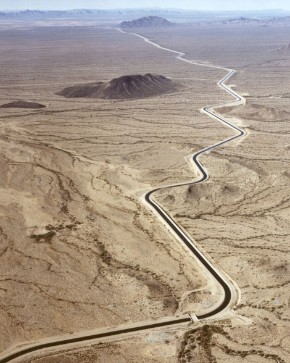
Water Management in the American Southwest
Precipitation in the American Southwest is highly variable, whether looking year-to-year, decade-to-decade, or century-to-century. The region has been in drought for 14 years so far, but this paper argues that three key adaptations to a dry, unpredictable climate have allowed the region to continue to thrive: (1) a Clear Legal System for Water Rights, (2) a Regulatory Framework for Managing Water and (3) Investments in Infrastructure for Water Utilization.
Climate change is likely to make droughts in the region longer, more intense, and more unpredictable – similar to other drylands regions around the world. These three characteristics of water management can provide a model for adaptation for the rest of the world in a future of unpredictable climate change. However, some climate effects simply cannot be adapted to; if there is not enough water, all the legal rights, regulatory oversight, or poured concrete cannot distribute nothing.
Water Management in the American Southwest by The American Security Project







[…] Water Management in the American Southwest […]
[…] Reclamation’s Lower Colorado Region. As written in the recently released ASP Perspective Paper, Water Management in the American Southwest, Lessons for the Age of Climate Change, there is a large amount of redundancy built into the water systems of the region. So, as McCloskey […]